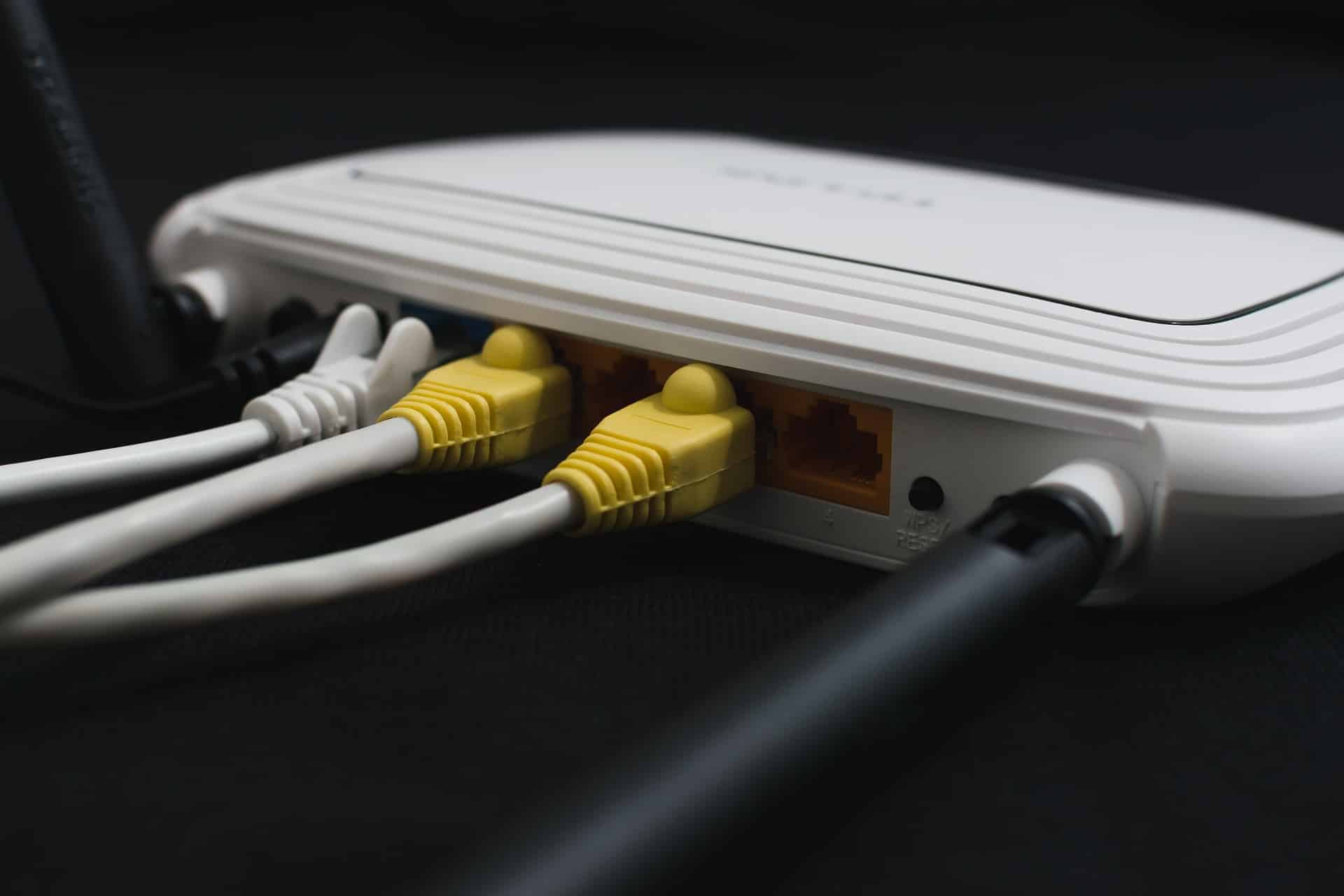What’s the Difference Between 2.4 GHz and 5 GHz?
When purchasing your router, did you notice if it said 2.4 GHz or 5 GHz? Or maybe it shows both? In this article, we’re going to discuss what the difference is between a 2.4 and a 5 GHz router.
What is a Frequency Band?
Let’s start with some terminology. What is a frequency band? A frequency band is how wireless data is transmitted between devices (which are essentially radio waves which carry the data). Frequency bands are either 2.4 GHz or 5 GHz. Most routers out there will only transmit one of these bands, most likely 2.4 GHz, but there are routers that will transmit both frequencies.
Routers that only transmit one frequency are known as single band routers, whereas routers that transmit both frequencies are called dual band routers.
2.4 GHz
2.4 GHz is the standard band, and works fairly well. But did you know there are common household products that also use this standard band? You’ll see 2.4 GHz on products like microwaves, cordless phones and even Bluetooth devices. Because they are found in most common household items, it causes a bit of an issue. Because there are so many products that are 2.4 GHz, the signal ended up becoming overcrowded, and would cause interference with Wi-Fi signals. This is actually another cause for having your internet connection getting dropped because it ends up slowing down your Wi-Fi speed. This is why the 5 GHz band was added.
5 GHz
The 5 GHz frequency band is newer, so you may not see it around as often compared to the 2.4 GHz, since there are less devices that use this band. Because there are less devices connected to the 5 GHz, that means that there’s less interference, so it can help with the connection speeds you’re having (if the speeds slow down due to interference).
Another difference between the 2.4 GHz and the 5 GHz band is the speed and the range that they cover. Data is transmitted at a slower speed with the 2.4 GHz compared to the 5 GHz, however, it has a longer range. And it’s the opposite for the 5 GHz band – it transmits data at a much faster speed, but has a shorter range. Why does the 5 GHz have a shorter range? That’s because it has a higher frequency. Higher frequencies also have a much more difficult time penetrating objects, such as floors and walls.
Advantages and Disadvantages
So, the million dollar question is which one should you use? Well, that depends. The 2.4 GHz and 5 GHz each have their advantages and disadvantages:
- 2.4 GHZ
- Advantages: farther range, can penetrate through solid objects easier
- Disadvantages: because 2.4 GHz is more common, it’s more susceptible to interference, slower speed
- 5 GHz
- Advantages: higher transfer speed, less common, therefore less vulnerable to interference
- Disadvantages: shorter range, has more difficulty penetrating through solid objects
Based on your household, take the time to read over and think about the advantages and disadvantages of each.
Do you know which frequency band your current router is? Let us know! Let’s see if 2.4 GHz is still the most common, or if 5 GHz is starting to catch up!

MORE POSTS
Wi-Fi: How to Improve Your Connection
Wi-Fi: How to Improve Your Connection Click on the link below to watch our first online...
Mastering SEO for Your Business
Mastering SEO for Your Business The Key to Online SuccessClick on the link below to watch...
Staying Safe Online in 2023: Tips for Computer Security
Staying Safe Online in 2023Tips for Computer SecurityHello, dear readers! At Storm Internet, we...
CONTACT US
Head Office
1760 Courtwood Crescent
Ottawa, ON K2C 2B5
TOLL-FREE: 1-866-257-8676
Rediscover Customer Service.
HOURS OF OPERATIONS
Support Hours:
Monday-Friday 8am-8pm
Saturday-Sunday 10am-2pm
Sales Hours:
Monday-Friday 8am-4pm
Billing Hours:
Monday-Friday 9am-5pm
BUSINESS SERVICES
RESIDENTIAL SERVICES
TERMS OF SERVICE | PRIVACY POLICY | CORPORATE RESPONSIBILITY POLICY | ACCESSIBILITY | VOIP 911 TERMS
© Copyright 1996-2024 Storm Internet Services | All Rights Reserved.



